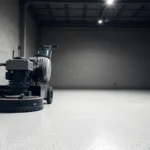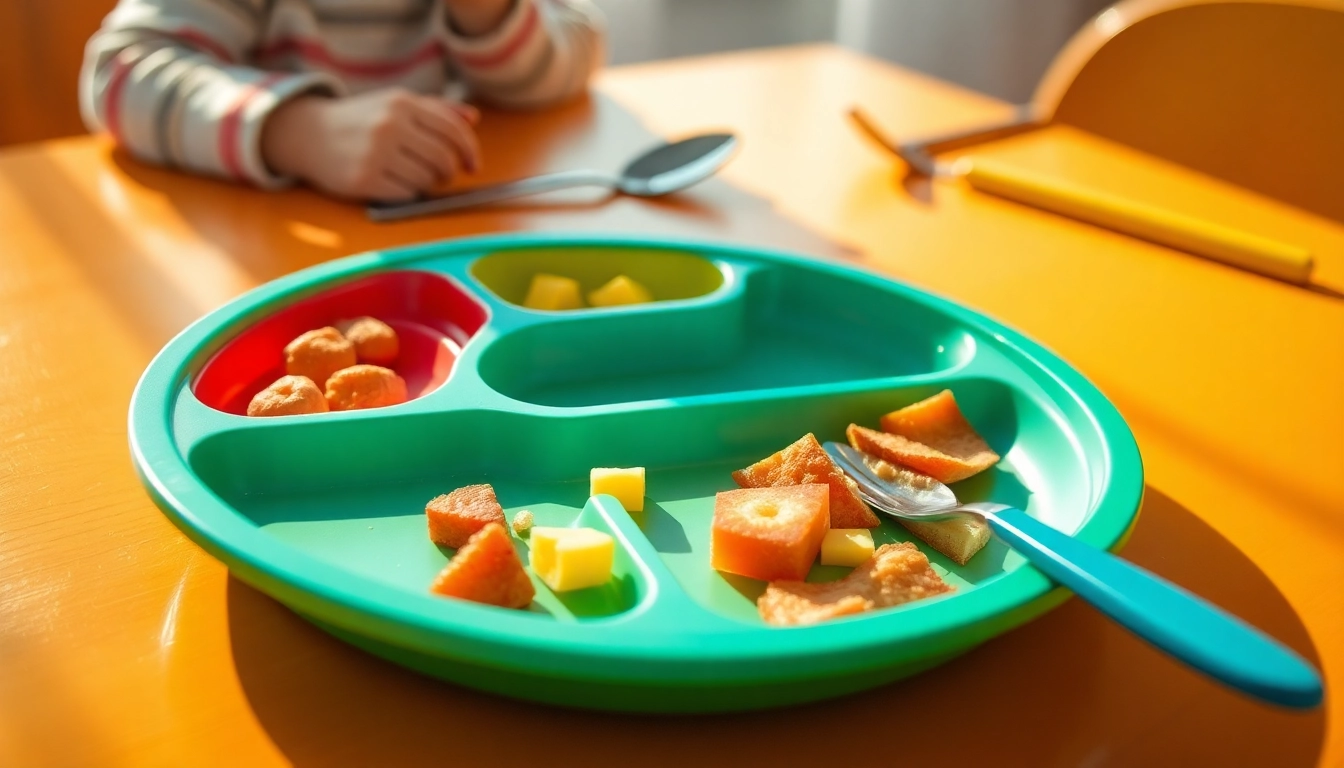Understanding the Benefits of a Silicone Divided Plate for Self Feeding
Introducing independent eating habits during early childhood is crucial for fostering confidence and developing essential motor skills. The silicone divided plate for self feeding has become an indispensable tool in this journey, offering numerous advantages that support both parents and children. Eco-friendly, safe, and designed with children’s needs in mind, these plates empower little ones to explore different foods confidently, promoting their autonomy at mealtime.
Safety Features and Certifications
Safety is non-negotiable when selecting feeding accessories for infants. Silicone divided plates typically adhere to strict certifications such as LFGB (German Food and Feed Code), FDA approval, and European standards ensuring they are free from BPA, phthalates, lead, and other harmful substances. These certification processes verify that the materials used are food-grade and non-toxic, making the plates safe even for the most sensitive skin. Additionally, high-quality silicone is heat-resistant and resistant to bacteria buildup, further enhancing safety during everyday use.
Promoting Independence in Young Children
Self-feeding is a critical milestone in early childhood development. Silicone divided plates with a dedicated compartment for each food item reduce mess and allow children to choose and eat foods at their own pace. The open design encourages children to grasp utensils and foods independently, fostering fine motor skills, hand-eye coordination, and sensory development. As children begin to recognize different food textures and flavors, the divided plate acts as an aid in teaching portion control and food identification, laying the foundation for healthy eating habits.
Durability and Material Advantages of Silicone
Silicone’s resilience is unmatched among feeding materials. It withstands drops, bites, and high temperatures without deforming, making it ideal for active children. Its non-stick surface simplifies cleaning, resisting stains and odors. Moreover, silicone does not degrade or leach chemicals over time, offering longevity that justifies its cost. Its flexibility also allows for innovative designs, such as suction bases that prevent slipping, further enhancing stability during mealtime. These material benefits make silicone a superior choice over traditional plastic or ceramic alternatives, providing peace of mind for parents concerned about safety and longevity.
Key Features to Look for in a Silicone Divided Plate
Design and Compartment Configuration
When evaluating a silicone divided plate, the design should prioritize practicality and ergonomics. Features such as three or more compartments facilitate balanced meals by segmenting proteins, carbs, and vegetables. Flexible configurations, like removable scomparti, allow for customization based on meal types or child preferences. An intuitive shape, such as a rainbow or a rounded design, can stimulate visual engagement, encouraging children to eat. Additionally, some plates incorporate visual cues or fun characters to make mealtime more appealing and enjoyable.
Non-slip Base and Stability Factors
Stability is crucial for promoting independent eating and preventing accidents. Plates equipped with a non-slip base—often made of silicone or rubber—adhere securely to highchair trays or flat surfaces, minimizing slips and spills. This feature not only fosters confidence in children but also reduces parents’ cleanup efforts. An ideal plate maintains its position during use, even when active children push or lean on it, thus creating a safe and controlled mealtime environment.
Ease of Cleaning and Maintenance
Hygiene is a fundamental aspect when choosing feeding utensils. Silicone plates are inherently easy to clean—they are dishwasher safe, resist staining, and do not harbor bacteria or mold. Look for designs with minimal seams or complex textures that can trap food debris. Smooth, rounded edges facilitate effective cleaning and prevent food from accumulating in crevices. Additionally, non-porous silicone withstands repeated sterilizations, ensuring a bacteria-free surface for every use.
Tips for Introducing a Silicone Divided Plate to Your Child
Timing and Gradual Adaptation
Introducing new utensils requires patience and strategic planning. Start by demonstrating how to use the plate during family meals, emphasizing independence and fun. Gradually encourage your child to explore the plate with their own hands, praising their efforts. Timing is essential; wait until your child shows interest in self-feeding or demonstrates basic motor skills, typically around 6 months of age, to maximize receptiveness.
Encouraging Self-Feeding Skills
Transform mealtime into an engaging learning experience by guiding your child to pick up foods and utensils. Demonstrate how to scoop and bring food to their mouth, using positive reinforcement to boost their confidence. Incorporating textured utensils and cups alongside the plate can further reinforce handling skills. Adjust portion sizes to match your child’s appetite, preventing frustration or waste, and offer a variety of foods to stimulate curiosity and acceptance.
Creating a Positive Mealtime Environment
A relaxed, distraction-free setting encourages children to focus on eating and exploring their plate. Use encouraging words, maintain eye contact, and avoid rushing. Making mealtime a family ritual, with shared conversations and affectionate gestures, fosters emotional security. When children associate positive experiences with their self-feeding tools, they are more likely to develop a lasting love for healthy eating habits.
Best Practices for Using a Silicone Divided Plate Effectively
Combining with Suitable Utensils and Accessories
Pair the plate with ergonomically designed utensils, such as soft-tipped spoons and easy-to-hold forks, to facilitate grasping and maneuvering. Using matching sets promotes consistency and familiarity, easing the learning process. Accessories like suction bowls, spoons with textured handles, and colorful cups create a comprehensive, child-friendly feeding environment conducive to independence.
Ensuring Proper Hygiene and Safety
Regularly wash the plate with warm, soapy water or place it in the dishwasher. Check for signs of wear or damage, replacing it when necessary to prevent injuries. Always inspect for sharp edges or tears that might develop over time. Educate children about cleanliness, encouraging them to keep their utensils and plates tidy, reinforcing hygiene habits early on.
Monitoring and Adjusting Portion Sizes
Observe your child’s eating behaviors to gauge appropriate portion sizes. Using divided plates can help distribute meals into manageable segments, preventing overeating or food waste. As your child grows, adjust portions and food variety to meet evolving nutritional needs. Tracking intake and preferences over time can inform you about their development and help customize meals effectively.
Real-Life Success Stories and Product Recommendations
Parent Testimonials and Feedback
Many parents report that silicone divided plates have transformed mealtime routines, reducing mess and encouraging kids to eat independently. For example, a mother shared how her toddler, once reluctant to try new foods, became more adventurous when presented with colorful, segmented plates that made meals visually appealing. Positive reinforcement and a supportive environment foster shared success stories, motivating other parents to adopt these tools.
Top-Rated Silicone Divided Plates on the Market
Leading brands offer a range of options, including the Rainbow Bèbeboom silicone plate, featuring three vibrant compartments shaped like an arc, and the SoftEdge Plate, blending elegance with functionality. These products are crafted from food-grade silicone, equipped with non-slip bases, and are dishwasher safe, ensuring both safety and convenience.
Our Curated List for New Parents
- Rainbow Bèbeboom Silicone Plate: Fun design, multiple compartments for varied foods, easy to clean.
- SoftEdge Silicone Plate: Sleek design, soft edges, and stability features.
- Puppy Plate with Suction: Removable compartments, secure grip, perfect for on-the-go.
Choosing the right plate depends on your child’s preferences, your lifestyle, and safety considerations. Investing in high-quality, certified silicone options ensures durability and confidence during your child’s developmental milestones.









